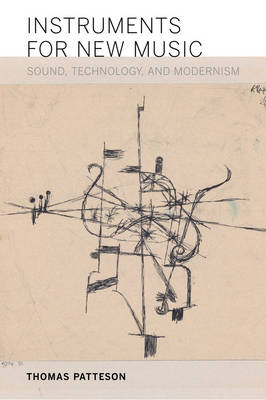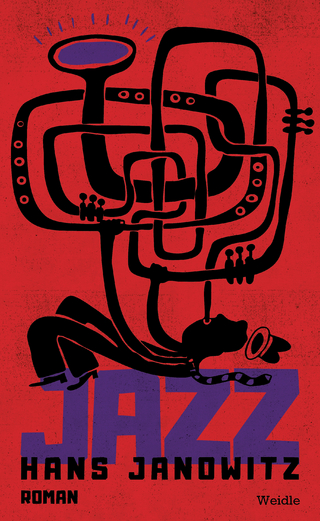
Instruments for New Music
Sound, Technology, and Modernism
Seiten
2015
University of California Press (Verlag)
978-0-520-28802-7 (ISBN)
University of California Press (Verlag)
978-0-520-28802-7 (ISBN)
Traces a diffuse network of cultural agents who shared the belief that a truly modern music could be attained only through a radical challenge to the technological foundations of the art.
A free ebook version of this title is available through Luminos, University of California Press' new open access publishing program for monographs. Player pianos, radio-electric circuits, gramophone records, and optical sound film-these were the cutting-edge acoustic technologies of the early twentieth century, and for many musicians and artists of the time, these devices were also the implements of a musical revolution. Instruments for New Music traces a diffuse network of cultural agents who shared the belief that a truly modern music could be attained only through a radical challenge to the technological foundations of the art. Centered in Germany during the 1920s and 1930s, the movement to create new instruments encompassed a broad spectrum of experiments, from the exploration of microtonal tunings and exotic tone colors to the ability to compose directly for automatic musical machines. This movement comprised composers, inventors, and visual artists, including Paul Hindemith, Ernst Toch, Jorg Mager, Friedrich Trautwein, Laszlo Moholy-Nagy, Walter Ruttmann, and Oskar Fischinger.
Patteson's fascinating study combines an artifact-oriented history of new music in the early twentieth century with an astute revisiting of still-relevant debates about the relationship between technology and the arts.
A free ebook version of this title is available through Luminos, University of California Press' new open access publishing program for monographs. Player pianos, radio-electric circuits, gramophone records, and optical sound film-these were the cutting-edge acoustic technologies of the early twentieth century, and for many musicians and artists of the time, these devices were also the implements of a musical revolution. Instruments for New Music traces a diffuse network of cultural agents who shared the belief that a truly modern music could be attained only through a radical challenge to the technological foundations of the art. Centered in Germany during the 1920s and 1930s, the movement to create new instruments encompassed a broad spectrum of experiments, from the exploration of microtonal tunings and exotic tone colors to the ability to compose directly for automatic musical machines. This movement comprised composers, inventors, and visual artists, including Paul Hindemith, Ernst Toch, Jorg Mager, Friedrich Trautwein, Laszlo Moholy-Nagy, Walter Ruttmann, and Oskar Fischinger.
Patteson's fascinating study combines an artifact-oriented history of new music in the early twentieth century with an astute revisiting of still-relevant debates about the relationship between technology and the arts.
Thomas Patteson is Professor of Music History at the Curtis Institute of Music in Philadelphia. He is also Associate Curator for Bowerbird, a performing organization that presents contemporary music, film, and dance.
| Erscheint lt. Verlag | 4.12.2015 |
|---|---|
| Zusatzinfo | 27 illustrations |
| Verlagsort | Berkerley |
| Sprache | englisch |
| Maße | 152 x 229 mm |
| Gewicht | 363 g |
| Themenwelt | Kunst / Musik / Theater ► Musik ► Instrumentenkunde |
| Sozialwissenschaften ► Kommunikation / Medien ► Medienwissenschaft | |
| Technik | |
| ISBN-10 | 0-520-28802-5 / 0520288025 |
| ISBN-13 | 978-0-520-28802-7 / 9780520288027 |
| Zustand | Neuware |
| Haben Sie eine Frage zum Produkt? |
Mehr entdecken
aus dem Bereich
aus dem Bereich
Roman
Buch | Hardcover (2024)
Wallstein Erfolgstitel - Belletristik und Sachbuch (Verlag)
CHF 27,95
die Sammlung von Bernhard Kolberg
Buch | Hardcover (2024)
E Reinhold (Verlag)
CHF 54,60


